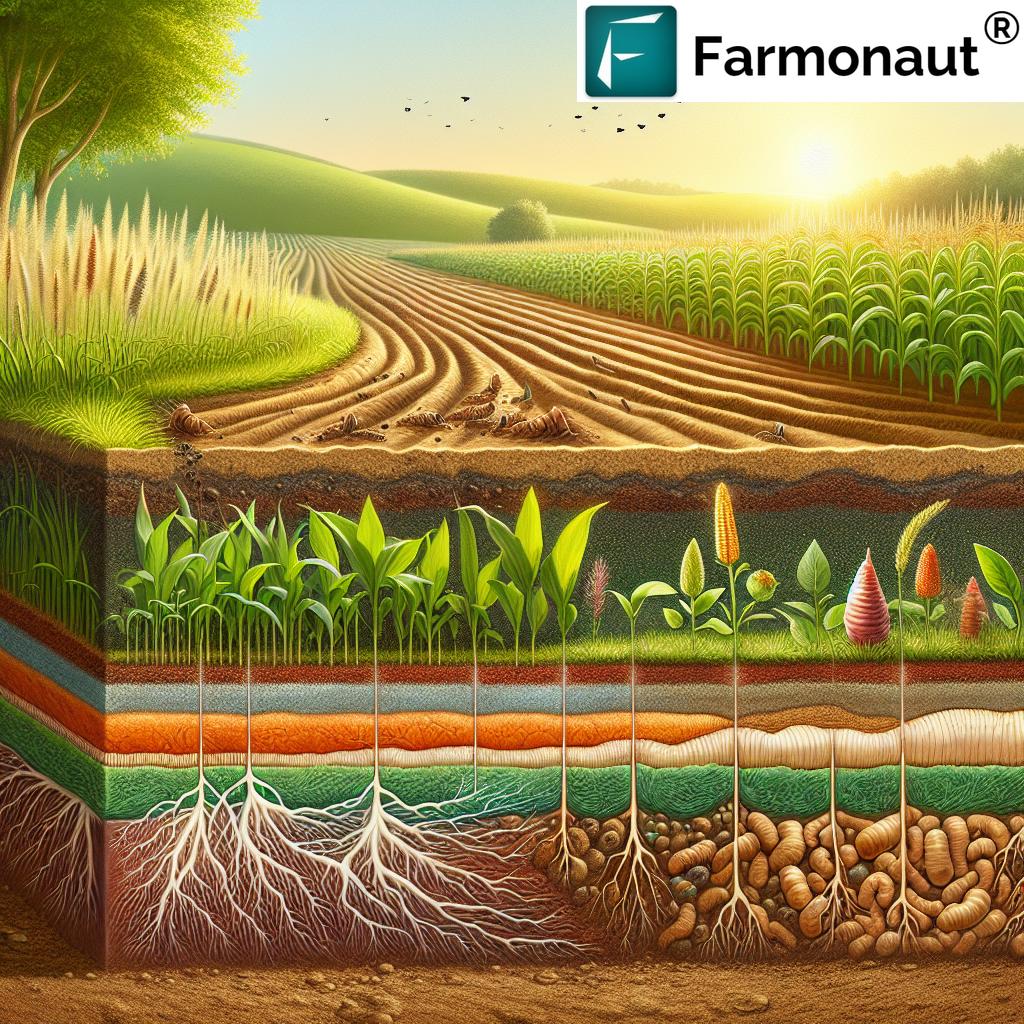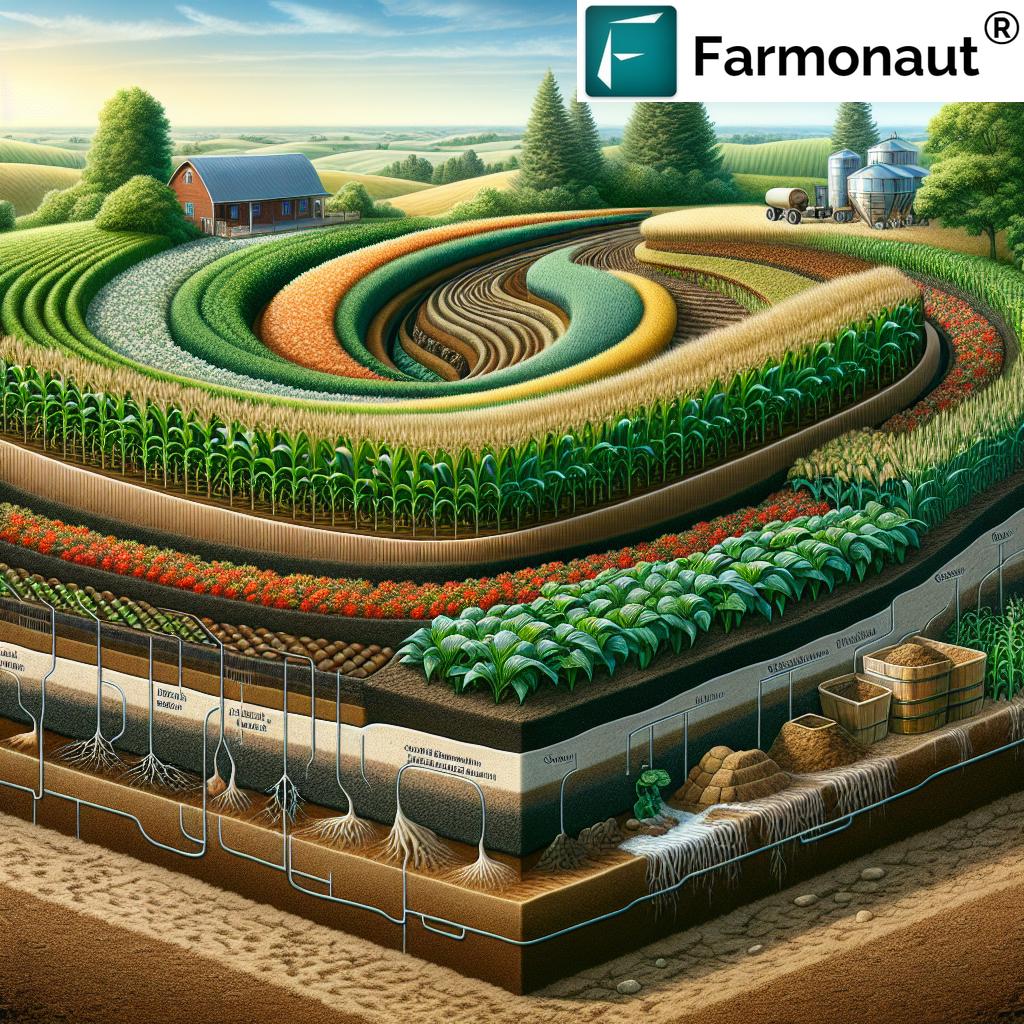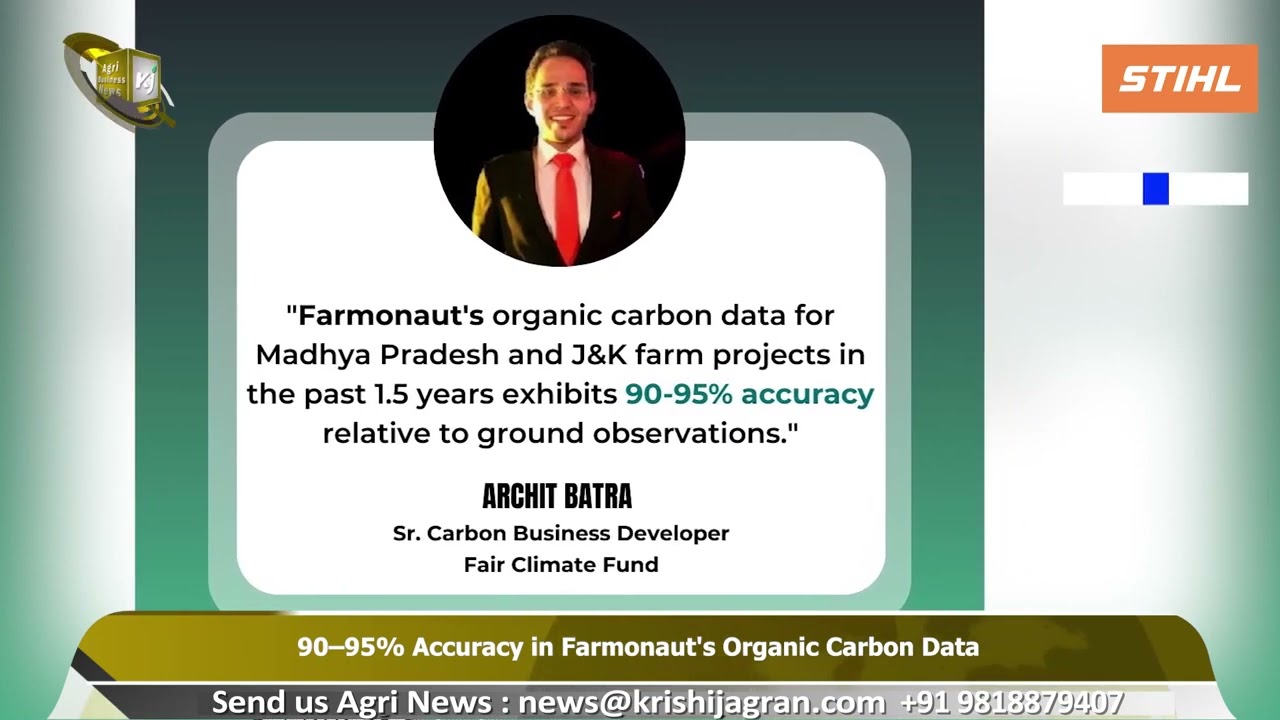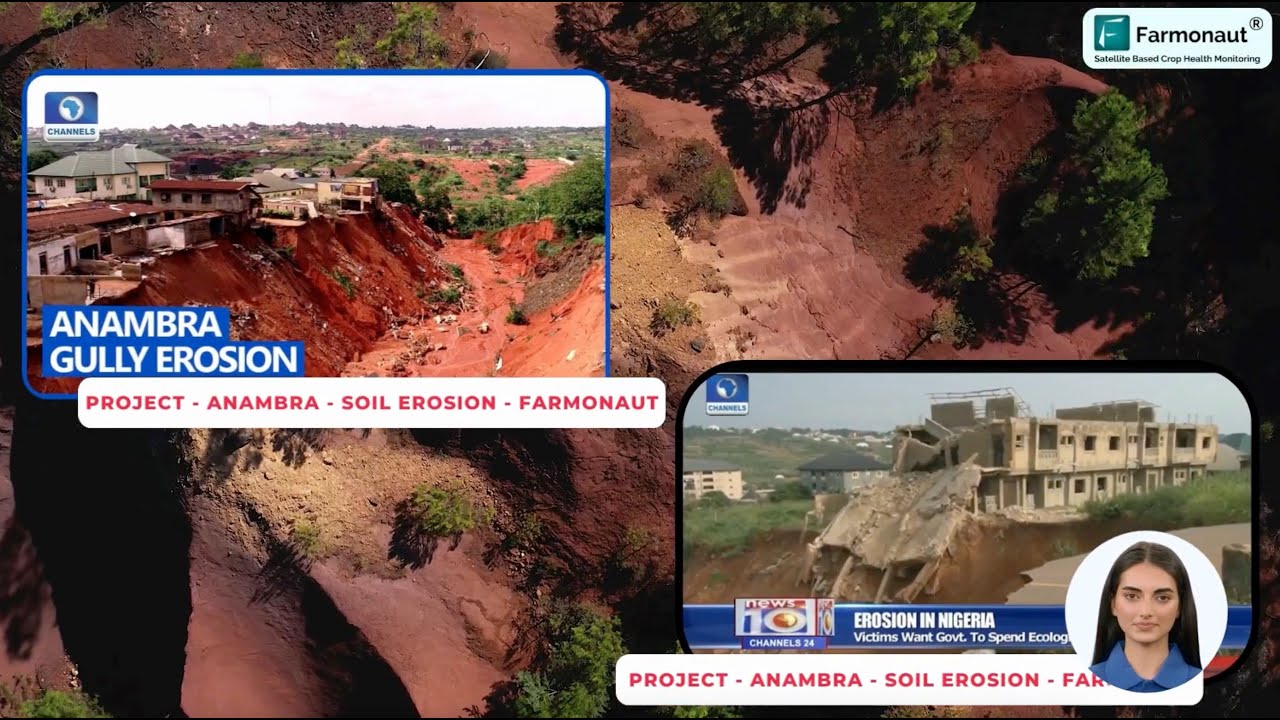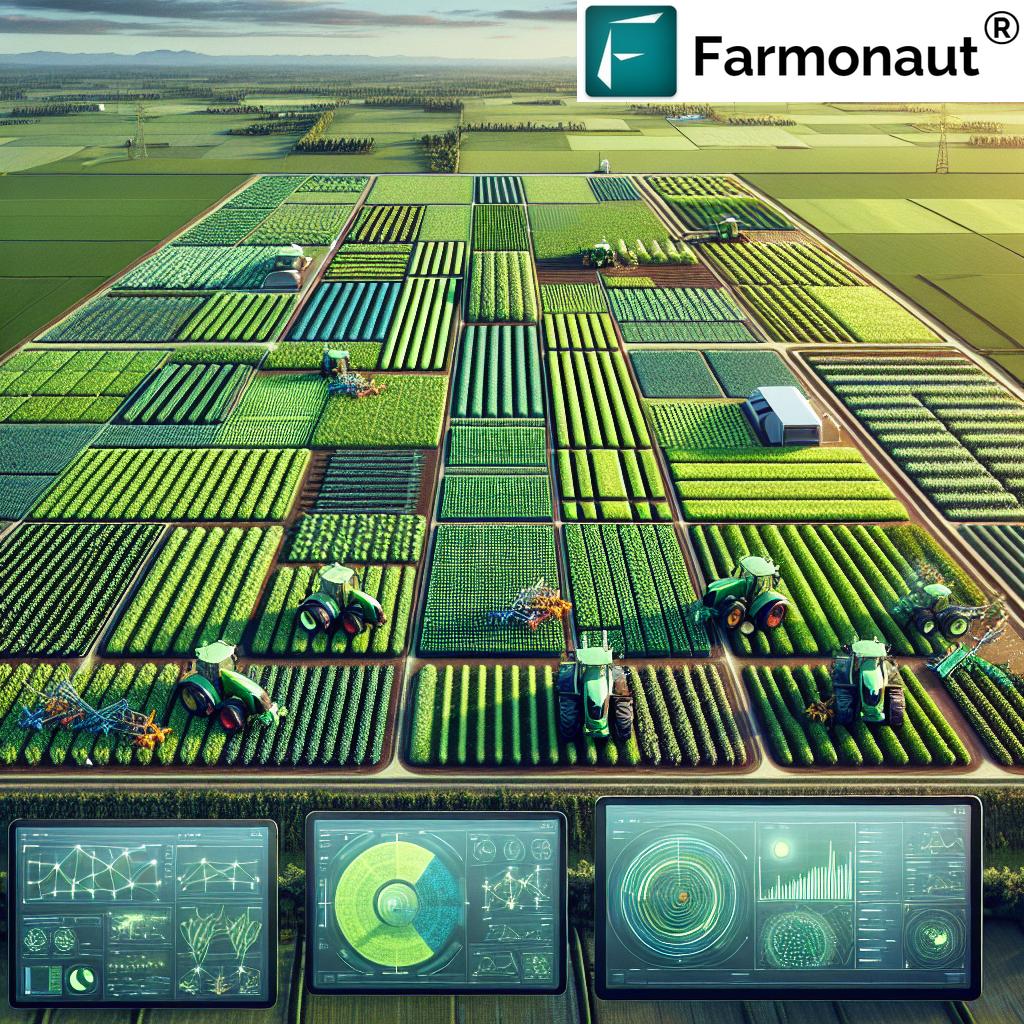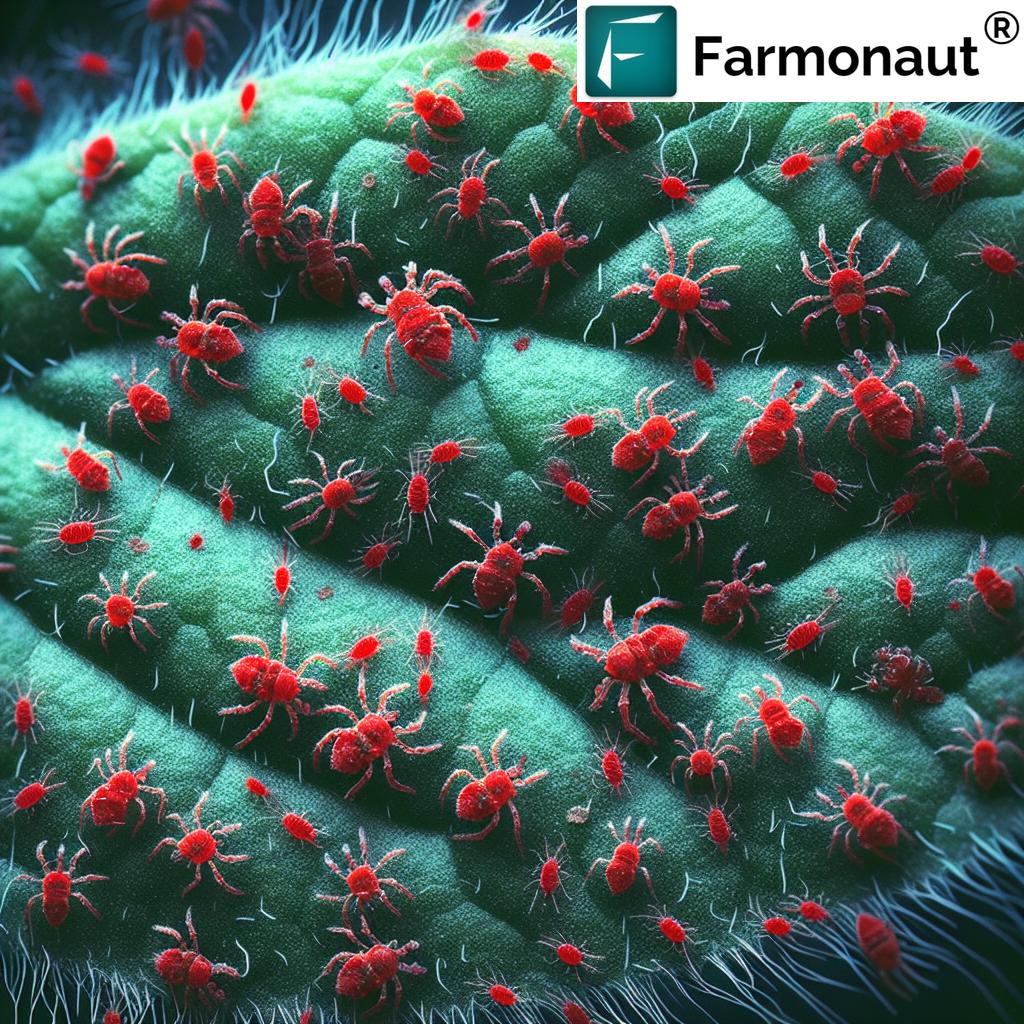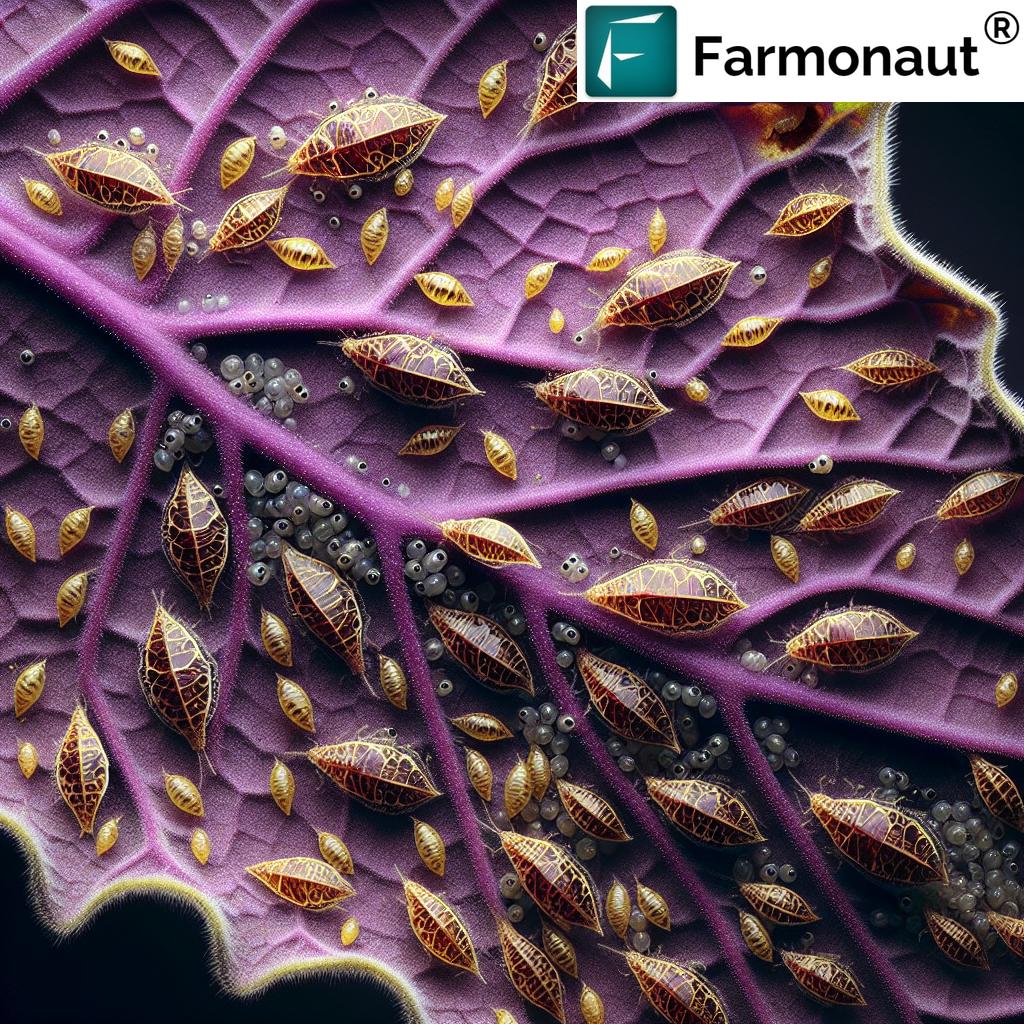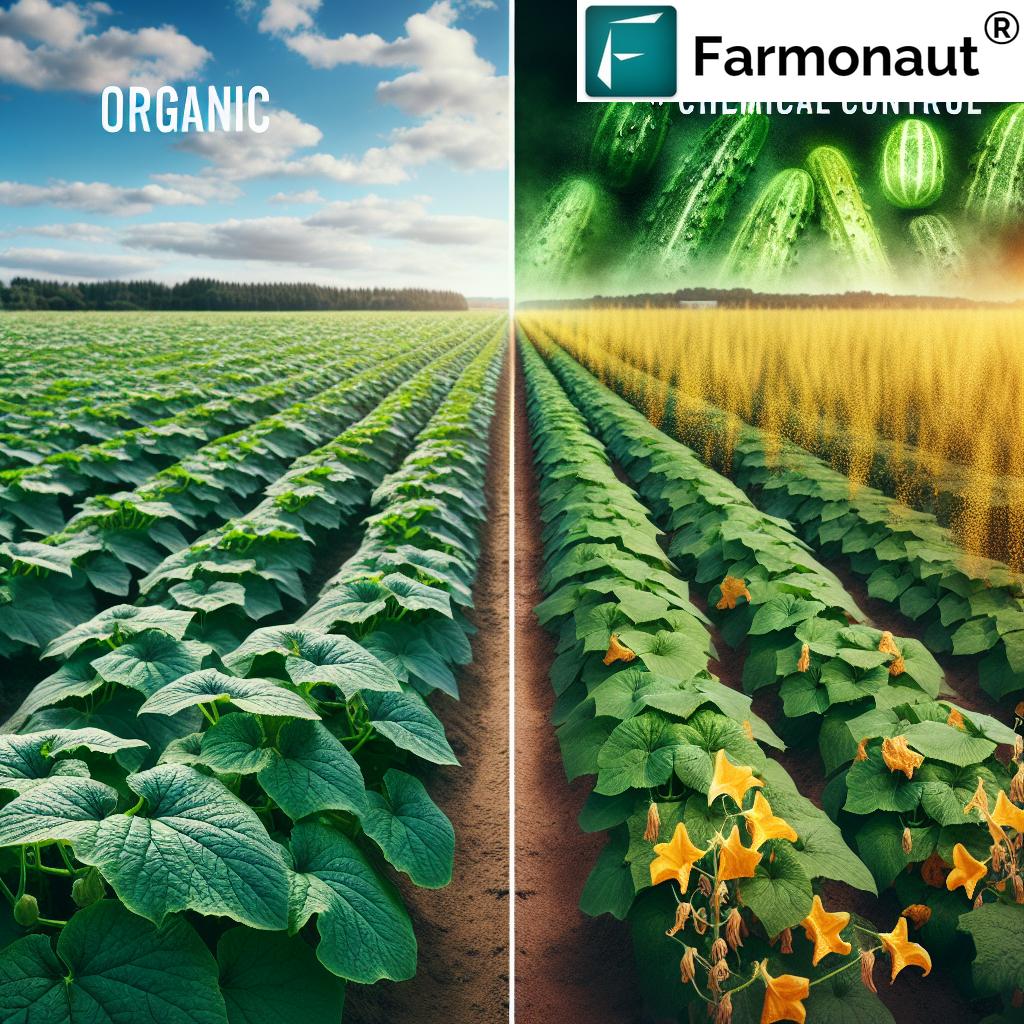Table of Contents
- Introduction: Understanding Soil Health
- The Four Fundamental Principles of Soil Health (USDA Approach)
- Soil Health Solutions: Unlock 7 Shocking Farming Secrets
- Comparative Benefits Table: Innovative Soil Health Solutions
- Precision Agriculture & Farmonaut: Technology Transforming Soil Health
- Overcoming Challenges in Improving Soil Health
- Frequently Asked Questions
- Conclusion: Building Resilient Farming Ecosystems
Soil Health Solutions: Unlock 7 Shocking Farming Secrets
Soil health is fundamental to our productivity, sustainability, and resilience in agriculture, farming, and forestry. Healthy soils not only support robust plant growth, but also enhance water retention, promote biodiversity, and build the foundation for resilient ecosystems and global food security. As we collectively face climate change, resource limitations, and environmental challenges, addressing soil health through both traditional and innovative solutions is more essential than ever.
In this comprehensive guide, we unveil 7 shocking farm secrets—actionable and science-backed—that can unlock soil health, multiply your productivity, and future-proof your land. We focus on integrating the best of sustainable agriculture practices and pioneering technology, with special attention to the transformative power of Farmonaut’s advanced digital platform.
Understanding Soil Health: The Four Fundamental Principles (USDA Approach)
To truly understand soil health, we recognize the soil’s capacity to function as a vital living system, supporting plant and animal productivity, maintaining or improving water and air quality, and promoting the health of plants, animals, and humans. Key indicators of healthy soils include:
- Structure — The arrangement of soil particles aids water retention and root penetration.
- Organic matter content — Fuels biological activity, enhances nutrient availability, and improves soil fertility.
- Biological activity — Including earthworms, fungi, and billions of beneficial microorganisms that cycle nutrients and build structure.
- Water infiltration & retention — Ensuring plants are resilient to erratic rainfall, droughts, and floods.
- Chemical health — The optimal balance of macro- and micronutrients, with minimal toxicity or contamination.
The Four USDA Soil Health Principles
- Minimize Disturbance: Reducing tillage or soil disturbance preserves soil structure, minimizes erosion, and supports soil organisms.
- Maximize Soil Cover: Cover crops and mulches protect soil from erosion, temperature extremes, and moisture loss—critically enhancing organic matter.
- Maximize Biodiversity: Growing a diversity of plants and supporting varied life-forms nurture robust, resilient ecosystems.
- Maximize the Presence of Living Roots: Keeping living roots in the soil for as many months as possible feeds soil microorganisms and structures the soil for ongoing growth.
By embracing these principles and aligning our practices with them, we transform our soils—making them the backbone of productive, sustainable, and resilient agricultural systems.
Soil Health Solutions: Unlock 7 Shocking Farming Secrets
Let’s explore seven critical, often surprising, solutions for improving soil health, maximizing yield, boosting nutrient cycling, and building resilient farms. These secrets merge traditional expertise with innovative soil health solutions.
1. No-Till and Reduced-Till Farming: Minimizing Disturbance for Lasting Soil Health
One of the most effective practices for improving soil fertility and promoting soil structure is to reduce or eliminate tillage. No-till and reduced-till methods:
- Preserve structure, supporting both water retention and deeper root growth.
- Decrease erosion by limiting the soil’s exposure to wind and rain.
- Reduce runoff of valuable nutrients and organic matter.
- Promote thriving soil organisms, earthworms, and beneficial fungi.
- Are essential for healthy soil organic matter cycles.
Implementing these sustainable agriculture practices can seem daunting, but precision nutrient management systems, as found on Farmonaut, help us target inputs and monitor outcomes for continuous improvement.
2. Maximize Soil Cover: Cover Cropping Benefits for Erosion Control and Biodiversity
Cover cropping benefits are profound. By planting cover crops during fallow or off-season periods, we:
- Protect soil from erosion by shielding it from rainfall and wind (learn more).
- Increase organic matter—as roots and residues decompose, they fuel the cycle of nutrient availability and organic matter for soil.
- Fix atmospheric nitrogen (when using legumes), reducing dependency on synthetic fertilizers for healthy plant growth.
- Suppress weeds and disrupt disease cycles, naturally supporting resilient crops.
- Promote biodiversity—a living root system year-round sustains microbes, earthworms, and a richer ecosystem.
Effective cover cropping is even more powerful when paired with integrated soil health management, as we can monitor outcomes and adapt quickly thanks to satellite and precision tools.
3. Crop Rotation Techniques: Natural Pest, Disease & Nutrient Management
Crop rotation techniques are a cornerstone of sustainable soil health. By alternating different crops across seasons in the same field, we:
- Disrupt pest and disease cycles, minimizing dependency on chemical pesticides.
- Improve nutrient cycling—different crops uptake and return different nutrients, enhancing availability and balancing the system.
- Support biodiversity—more plant diversity means more beneficial soil organisms and reduced erosion.
- Enhance structure and retention—deep-rooted crops boost deep soil constraints while shallow-rooted crops condition the topsoil.
Implementing crop rotation techniques with digital field records and satellite imagery from Farmonaut allows us to plan, track, and refine rotations for optimum soil and crop health.
4. Organic Matter Addition: Compost, Manure & Biochar for Long-Term Soil Fertility
Organic matter for soil is our most potent tool in enhancing structure, water retention, and nutrient availability. Methods include:
- Compost and manure application—directly increase organic content and provide slow-release nutrients.
- Biochar application in farming—a carbon-rich, porous material that stores moisture, increases nutrient retention, and locks carbon in the field, helping with climate change mitigation.
- Using residues from cover crops or crop waste—returning valuable carbon to the soil and minimizing resource wastage.
Biochar application especially is a breakthrough. According to Farmonaut research, it not only supports long-term carbon sequestration but also improves soil health and yield with each application.
5. Precision Nutrient Management: Balance Inputs for Environmental and Economic Win
Precision nutrient management is a powerful approach for both maximizing yields and minimizing environmental costs. Precision soil testing and application techniques help us:
- Diagnose soil nutrient levels and needs with high spatial accuracy through digital soil maps.
- Apply fertilizers or amendments only where and when required, avoiding over-use and pollution.
- Boost crop yields by addressing nutrient gaps, improving plant health while saving money.
- Reduce runoff and leaching of synthetic fertilizers to support a cleaner environment.
For digital, scalable precision management, check out Farmonaut’s soil moisture maps and crop health monitoring platform, and explore integrations for automation via Farmonaut’s Soil API and developer documentation.
6. Microbial Inoculants: Enhancing Soil Biodiversity for Resilient Farming
Soil biodiversity drives long-term resilience, productivity, and regeneration. Innovative soil health solutions include the use of microbial inoculants—deliberately introducing beneficial bacteria, fungi, or other microbes to:
- Accelerate nutrient cycling, freeing up phosphorus, potassium, and organic nitrogen.
- Suppress soil-borne diseases naturally, building plant immunity.
- Improve plant growth by facilitating water and nutrient uptake.
- Build structure via sticky exudates and biomass, unlocking better water retention.
Adoption of microbial amendments is most effective with precise monitoring—here, Farmonaut’s satellite data and analytics tools let us track improvements in soil structure, biological activity, and crop performance over time.
7. Harnessing AI, Remote Sensing & Agroforestry: The Next Generation of Soil Health Practices
The final secret is to embrace high-tech innovations and the power of agroforestry to deliver a quantum leap in soil health. Approaches include:
- Artificial Intelligence and Remote Sensing: Use AI-powered farm management systems (such as Farmonaut’s Jeevn AI) to analyze field data, predict input needs, and automate soil/crop monitoring—making every input more targeted and effective.
- Integrating Trees and Shrubs (Agroforestry): Add perennial vegetation (agroforestry) to fields:
- Boosts overall farm biodiversity and productivity.
- Improves soil structure through deep roots and organic matter fall.
- Provides shade, wind protection, and new revenue streams (fruit, nuts, timber).
Farmonaut’s digital plantation and forestry module can support planning, monitoring, and managing these complex, biodiverse systems for ecological and economic sustainability.
Comparative Benefits Table: Innovative Soil Health Solutions
| Solution / Practice | Estimated Yield Increase (%) | Soil Organic Matter Improvement (%) | Water Retention Increase (%) | Cost Efficiency | Technology Involved |
|---|---|---|---|---|---|
| No-Till/Reduced-Till Farming | 8-23% | 12-22% | +20% | High | Manual, Satellite Monitoring |
| Cover Cropping | 15-38% | 17-30% | +28% | Medium | Traditional, Digital Advisory |
| Crop Rotation | 10-28% | 10-20% | +20% | High | Digital Records, Satellite Imaging |
| Organic Matter Addition (Compost, Manure, Biochar) | 20-45% | 28-50% | +37% | Medium | Farm Input, Satellite Assessment |
| Precision Nutrient Management | 24-58% | +13% | +15% | High | Lab Testing, AI, Satellite |
| Microbial Inoculants | 8-15% | +10% | +6% | Medium | Soil Testing, Digital Analytics |
| AI & Remote Sensing / Agroforestry | 16-34% | +20% | +26% | High | AI, Satellite, IoT, Digital Plantation |
Precision Agriculture & Farmonaut: Technology Transforming Soil Health
As we adopt these soil health solutions, we can harness modern technology to make every effort more effective and more measurable. Farmonaut‘s suite of satellite-based and AI-powered tools helps us:
- Monitor crop and soil health—in real time, across seasons and locations.
- Target nutrient applications using precision maps to avoid waste and pollution.
- Reduce operational costs with advanced fleet management.
- Accurately track carbon footprint—vital for today’s environmental regulations (Farmonaut carbon footprinting module).
- Enhance supply chain transparency—build consumer and buyer trust with blockchain-based traceability.
- Support crop loan and insurance processes—access remote, verifiable data for safer, faster access to credit (crop loans and insurance verification).
Best of all? Farmonaut makes precision tools affordable for all, from individual smallholder farmers to multinational agribusinesses and government agencies.
Overcoming Challenges in Improving Soil Health
As we strive for healthy soils and sustainable, high-yielding landscapes, it’s critical to address the real-world challenges farmers may face:
- Economic Constraints: Initial investments for new practices, equipment, or technology can be a barrier.
Solutions: Focus on high cost-efficiency practices (see table), use farm management software to track ROI, and access financing via digital verification. - Knowledge Gaps: Many producers aren’t fully aware of the power of precision nutrient management or the easy wins of cover cropping.
Solutions: Prioritize education, join digital platforms with in-app guidance (such as Farmonaut Jeevn AI), and build peer learning groups. - Policy and Support: Lack of supportive regulations or funding can slow adoption.
Solutions: Leverage transparent monitoring and impact data for eligibility in government and NGO programs, and inform policy using benchmarked soil health indicators. - Environmental Unpredictability: Climate change increases volatility in rainfall patterns and resource availability.
Solutions: Use satellite-mapped real-time monitoring, adaptive crop planning, and resilient soil health practices.
With the right mix of traditional wisdom and digital innovation, we can make every hectare of farmland more productive, resilient, and sustainable. For operations of all sizes, Farmonaut Large-Scale Farm Management tools offer integrated decision-making, reporting, and tracking—perfect for cooperatives and corporates as much as individual growers.
Frequently Asked Questions: Soil Health Solutions & Technology
Why is soil health fundamental to sustainable food production?
Soil health dictates our ability to grow food, fuel, and fiber efficiently. Healthy soils support robust plant growth, maximize water retention, prevent erosion, and foster biodiversity—all key to sustainability and climate resilience.
What is precision nutrient management and why is it important?
Precision nutrient management involves targeted, data-driven application of inputs based on real-time, field-specific needs. This maximizes yield, cuts costs, and protects the environment by reducing overuse and pollution.
How does biochar application benefit soil health?
Biochar locks carbon in the soil, improves water retention, increases nutrient holding capacity, and encourages beneficial microbes. Its long-term effects make it a unique solution for regenerative and climate-mitigating farming.
How can innovative technologies like Farmonaut help with soil health?
Digital platforms like Farmonaut use satellite images, AI, and real-time field data to monitor health indicators, deliver actionable insights, optimize resource use, and support transparent, climate-friendly agriculture for everyone—from smallholders to large-scale farm operators.
Is precision agriculture affordable for small farmers?
Absolutely. Farmonaut’s software-first, satellite-based model eliminates the need for expensive equipment, providing affordable solutions for real-time soil and crop monitoring. With flexible subscription plans and digital access, innovation is now both accessible and scalable.
Can I use these practices in all climates and soil types?
Yes—while outcomes vary with context, each of these soil health principles (reduced tillage, cover cropping, rotation, etc.) is versatile and can be tailored to both humid and arid zones by selecting suitable crops, cover species, and technologies.
Conclusion: Building Resilient Farming Ecosystems with Soil Health Solutions
Our global food security and environmental sustainability rely on soil health. By integrating traditional wisdom and innovative soil health solutions—from no-till and cover cropping through precision nutrient management, biochar, microbial amendments, and high-tech monitoring—we empower ourselves to create productive, resilient, and sustainable farms.
Farmonaut brings the digital revolution within everyone’s reach, supporting soil health improvements—so every farmer, agribusiness, and policymaker can participate in, measure, and benefit from our shared journey to true agricultural sustainability.
Ready to start? Download the Farmonaut app or explore Farmonaut’s APIs to bring the world’s best soil and crop management tools right to your fields, today.
Together, let’s unlock the full capacity of soil as a living system—supporting life, prosperity, and a more sustainable future for all.


